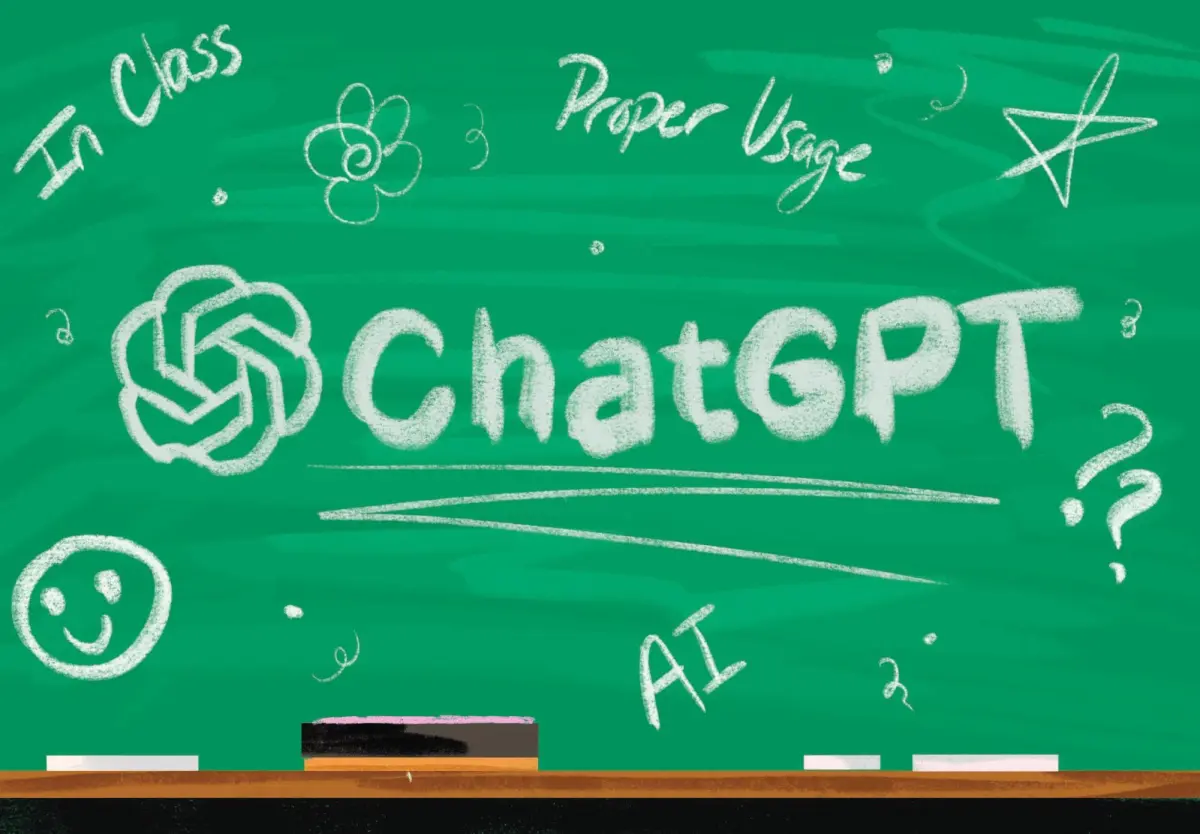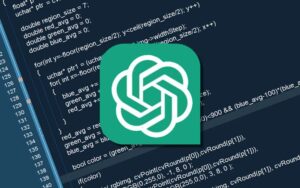You’ve likely heard the buzz about ChatGPT, the AI chatbot. Some might say it will replace teachers, but that’s far from the truth. When used properly, ChatGPT can actually simplify your work as a teacher. It’s just another tool to master, like any other technology. Let’s explore some important tips and ways teachers can effectively use ChatGPT in the classroom.
Tip #1: Don’t Fear ChatGPT
There’s no need to worry about ChatGPT replacing teachers. Similar concerns were raised when calculators and Google were introduced, yet teachers remain essential. AI is simply the latest tool in a long history of technological advances that enhance learning, not replace it.
Worried that students will use ChatGPT to complete assignments? While a few might try, most students will continue to do their own work. You can also design assignments that are resistant to plagiarism and AI assistance.
Tip #2: Teach Students When ChatGPT is Appropriate
It’s better to talk openly about ChatGPT rather than hope students won’t find out about it. Discuss AI ethics with your students and create clear rules around its use. Some situations, like copying answers, are obviously cheating. However, ChatGPT can be helpful for clarifying difficult topics or providing different perspectives.
Tip #3: Use ChatGPT to Create Content and Activities
Teachers are always pressed for time, and ChatGPT can help. Here are a few ways it can be used:
- Generate reading passages: Tailor reading materials to different levels.
- Create review questions: Have students use ChatGPT to generate their own questions and check their answers.
- Provide writing prompts: Help students get started by letting ChatGPT write the beginning of a story.
- Teach vocabulary: Use AI to create varied sentences with new words.
- Create math problems: Save time by using ChatGPT to generate practice problems.Generate lesson plans: Get ideas for lesson plans and customize them to your style.
Tip #4: Use ChatGPT for Communication
While AI can’t replace personal messages, it’s great for drafting simple notes, announcements, or emails. For example:
- Write notes to parents: Tackle sensitive topics like lice outbreaks with a professional tone.
- Draft recommendation letters: Use ChatGPT to get started on letters, ensuring you hit the right points.
- Prepare for tough conversations: Practice difficult conversations with ChatGPT’s help, from talking to parents about bullying to addressing issues with students.
Tip #5: Teach Students to Use ChatGPT for Learning
Students will inevitably use AI, so guide them toward productive uses:
- Use it as a smarter search engine: ChatGPT can provide more direct answers than Google. Remind students to verify information.
- Debate with the bot: Encourage students to engage with ChatGPT by asking follow-up questions and debating responses.
- Build essay outlines: Let students use ChatGPT to create essay outlines, but have them complete the rest on their own.
- Ask for writing edits: Students can write a paragraph, then see how ChatGPT would improve it.
- Practice peer feedback: Use AI-generated essays for peer review exercises.
Tip #6: Solve Unique Teacher Problems with ChatGPT
ChatGPT can be a creative resource for tackling unique challenges:
- Help struggling students: Generate personalized examples or strategies for students with specific learning needs.
- Stay updated on new slang: Use ChatGPT to decipher the latest student slang and stay in the loop.
- Ask for advice: ChatGPT can offer insights on common teacher problems, providing quick solutions or new ideas.
ChatGPT offers numerous opportunities to make teaching more efficient and engaging. Whether you’re creating content, solving classroom challenges, or preparing students for the future, it’s a valuable tool in your educational toolkit.



